Discovered on July 14, 2011, by NASA’s Swift space telescope, Swift J1822.3–1606 is a “low-field magnetar” with short X-ray bursts.
Is it a magnetar or is it a pulsar? A second member of a rare breed of dead, spinning star has been identified thanks to an armada of space-based X-ray telescopes, including ESA’s XMM-Newton. Its curious behavior is illustrated in this animation.
Animation illustrating the behavior of recently discovered Swift J1822.3–1606, a ‘low-field magnetar’ with an intense internal magnetic field that ruptures through the star’s crust in bursts of X-ray emission. The animation begins with a view of the star’s cracked crust, with organized field lines looped around the star. The surface then fades out to show the twisted internal field, which is many times stronger than its external field. A bright burst follows, and the field becomes less turbulent as the emission fades away. Credit: ESA–C. Carreau
Magnetars are a type of neutron star, the dead cores of massive stars that have collapsed in on themselves after burning up all their fuel and exploding as dramatic supernovas. They typically display bright, persistent X-ray emission and the most intense magnetic fields known in the Universe. Pulsars meanwhile are spinning neutron stars with much lower magnetic fields than magnetars that appear to pulse radio waves as they rotate rapidly. The pulses are seen when beams of radiation rotate through our line of sight from Earth, rather like the sweeping beam of a lighthouse.
The recently discovered star appears to be a hybrid of these two stellar breeds: the spinning stellar skeleton appears as a pulsar while hiding an intense internal magnetic field much like a magnetar. The internal field is many times stronger than its external magnetic field, leading to its entry into the new class of ‘low-field magnetars’.
As this animation illustrates, the turbulent interior arises as a result of twisted magnetic field lines. As the field lines unwind, energy is released as a steady burst of X-rays through fractures in the star’s ‘crust’.
Only two examples of low-field magnetars are known. The first was discovered in 2010 and the second in July 2011, given away by short X-ray bursts that were detected by NASA’s Swift space telescope.
NASA’s Rossi X-Ray Timing Explorer and Chandra X-ray Observatory, ESA’s XMM-Newton and Japan’s Suzaku satellite, as well as the ground-based Gran Telescopio Canarias and the Green Bank Telescope, were alerted and the star’s activity was monitored until April 2012, during which time the outburst began to decay.
The discovery of a second member of this rare family of star strengthens the idea that magnetar-like behavior may be much more widespread than believed in the past.
Reference: “A new low magnetic field magnetar: the 2011 outburst of Swift J1822.3-1606” by N. Rea, G. L. Israel, P. Esposito, J. A. Pons, A. Camero-Arranz, R. P. Mignani, R. Turolla, S. Zane, M. Burgay, A. Possenti, S. Campana, T. Enoto, N. Gehrels, E. Göğüş, D. Götz, C. Kouveliotou, K. Makishima, S. Mereghetti, S. R. Oates, D. M. Palmer, R. Perna, L. Stella and A. Tiengo, 2 July 2012, Astrophysical Journal.
DOI: 10.1088/0004-637X/754/1/27

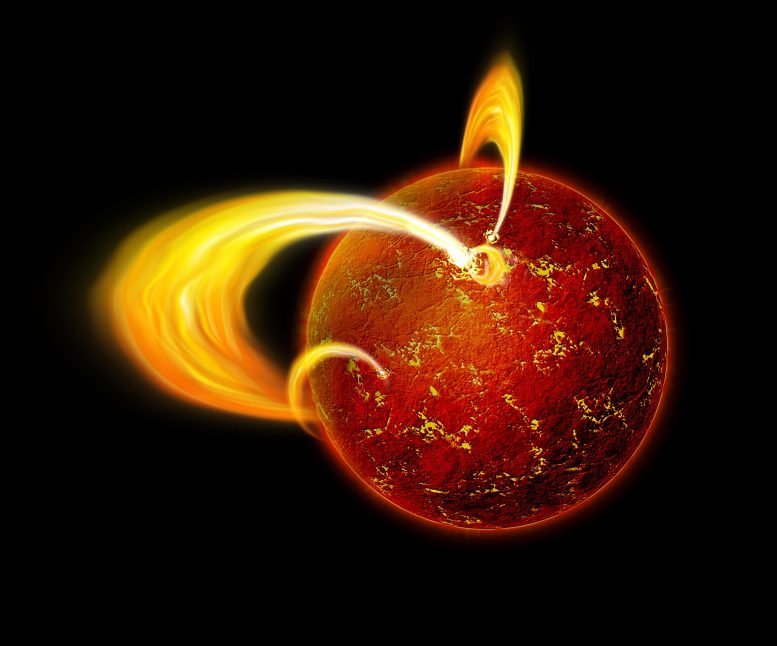


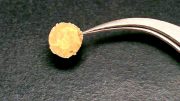
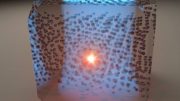
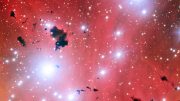
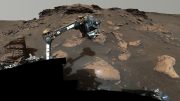
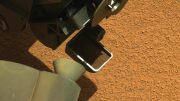
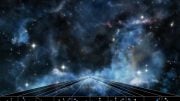
I am just breathless reading about these two: SGR 0418 and Swift Ji822.3-1606.
Coiled magnetic field lines breaking through the surface to flare. Massive magnetic field Superman inside while mild Clark Kent poses for the world. ID’d by the tiny slow down of their star spin.
By comparison our Sol resides in a system that is strangely lacking in magnetism and overwhelmed by gravity. With the appearance in both SC 23– where the S magnetic pole of the sun vanished temporarily and in SC 24 where the N magnetic pole vanished in 2011–of a glitch in the sync rotation of solar hemispheres. Stranger and stranger my dear Watson.